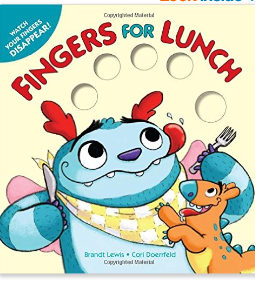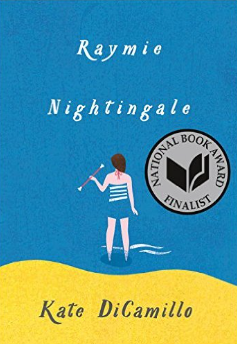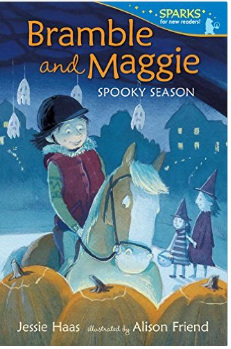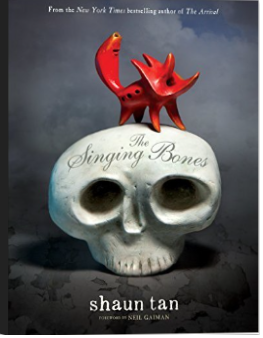题目内容
5.Back in the 1860s,a British scientist named Henry Walter Bates noticed something interesting in the animal world:a kind of butterfly,Common Mormon,can change the pattern on its wings so that it looks like another butterfly species,the Common Rose,which is poisonous for birds to eat.Bates argued that animals develop this ability to protect themselves from being eaten.This theory had been widely accepted by scientists.But one question remains:how do these animals manage to do that?
After more than 150years,scientists are finally able to answer that question-it is all down to a gene (基因) called"doublesex",according to a study published on March 6in the journal Nature.
In fact,scientists have long known that genes are responsible for this useful ability.But until the new study,scientists hadn't been able to find out which genes in particular were responsible.
Scientists at the University of Chicago compared the genetic structures of the Common Mormons that changed their wing patterns with those of ones that did not.And all the results pointed to a single gene,"doublesex".
This was much to the scientists'surprise.They used to expect that something as complex as this would be controlled by many different genes.For example,one gene would control the color of the upper part of the wing,one would do so for the lower part.
However,the"doublesex"gene doesn't quite do everything by itself.Instead,it acts like a switch-it"tells"other genes to change the wing patterns.Isn't that clever?
Scientists believe that this special ability of the"doublesex"gene on Common Mormon was developed throughout the long history of evolution."The harmless species gains an advantage by resembling something predators (捕食者) avoid,"Sean Carroll,a scientist told Nature."it was obvious evidence for natural selection."
33.How do scientists find the truth of butterfly changing wing patterns?B
A.By doing experiment on butterflies.B.By comparing genetic structures.
C.By observing the butterflies.D.By analyzing the result.
34.Which of the following ideas is accepted by scientists?C
A.The‘doublesex'gene does do everything by itself.
B.The‘doublesex'gene is poisonous.
C.The‘doublesex'gene‘tells'other genes to change the wing patterns.
D.The‘doublesex'gene could only control the color of the upper part of the wing.
35.What is the best title of this passage?B
A.How Common Mormons stay safe
B.How butterflies changed wings'pattern
C.What American scientists discovered
D.What genetic structures of butterflies have.
分析 本文属于科普文,科学家通过对Common Mormon这种蝴蝶颜色可以变化的研究,得到科学界的一个新的发现,发现决定蝴蝶颜色变化的是单个基因doublesex,这纠正了了科学家以前对基因的认识.
解答 33. B 细节理解题 根据第五段They compared the genetic structure of the Common Mormons that changed their wing patterns with those of ones that did not.And all the results pointed to a single gene,"doublesex".可知University of Chicago的新发现是Common Mormons 改变颜色是由于单个基因doublesex的缘故,故答案为B.
34. C 细节理解题 根据They used to expect that something as complex as this would be controlled by many different genes.For example,one gene would control the color of the upper part of the wing,one would do so for the lower part and one would control wing shape,可知,科学家以前的判断是错的,复杂的部分也可以由单个基因来觉得故答案为C.
35. B 主旨大意题 根据全文可知,科学家通过对Common Mormon这种蝴蝶颜色可以变化的研究,得到科学界的一个新的发现,发现决定蝴蝶颜色变化的是单个基因doublesex,这纠正了了科学家以前对基因的认识,故答案为B.
点评 本文是科教类阅读理解.做这类题材阅读理解时要求考生对文章通读一遍,做题时结合原文和题目有针对性的找出相关语句进行仔细分析,结合选项选出正确答案.推理判断题也是要在抓住关键句子的基础上合理的分析才能得出正确答案,切忌胡乱猜测,一定要做到有理有据

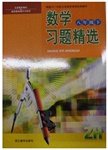 习题精选系列答案
习题精选系列答案| A. | that | B. | what | C. | as | D. | which |
I wouldn't have picked up that dusty card without seeing those big words:DON'T FORGET.I was (21)CDon't forget what?Under the words were three numbered items.l.Snow peas (嫩豌豆)2.Shakespeare.3.Sadira Kirmani.What was my name doing on someone's list?
Yesterday was my first day here.Since Mrs.Allison(22)Ame,nobody except the boy with glasses spoke to me and asked if he could have my cake at lunch the next day.I tried to(23)D on the lessons,but my mind went(24)B.Snow peas,Shakespeare,and me?"Sadira."I (25)Cwhen Mrs.Allison called my name."It's time to line up for (26)D."
As I moved through the line,I heard a girl with braces (牙齿矫正器) ask,"What's that?",(27)Aat a pan."Snow peas,"the lady answered."I'll try some snow peas,"the boy behind me (28)C.Snow peas!Number l on the list.
After lunch,Mrs.Allison (29)Bthat it was"rhyme time".The boy who'd asked for snow peas stood up."OK,Wyatt."Mrs.Allison nodded."To be or not to be…",Wyatt began.When he(30)A,Mrs.Allison added,"Shakespeare wrote sonnets,a special of (31)D."Shakespeare?Number 2on the list.I started to (32)B,wondering what would happen next.
(33)C school,I sat alone on the bus.It was quite a while before I (34)DWyatt.He smiled in a (35)Bway,saying"I wanted to talk to you.I almost forgot."
"Forgot what?"
"You're number 3on my list."
So now I (36)Cwhat was going on."My mom's (37)A.I'm supposed to try three new things every day."continued Wyatt.
That night,I made my own(38)B.l.Try the spinach(菠菜) quiche(开口馅饼).2.Offer my(39)Dto the boy with glasses.3.Say (40)D to the girl with braces.Then I smiled before adding one more entry:Thank Wyatt.
| 21.A.enthusiastic | B.grateful | C.curious | D.optimistic |
| 22.A.introduced | B.encouraged | C.recommended | D.nominated |
| 23.A.bring | B.carry | C.rely | D.concentrate |
| 24.A.weak | B.blank | C.excited | D.pale |
| 25.A.shouted | B.laughed | C.jumped | D.greeted |
| 26.A.class | B.supper | C.sports | D.lunch |
| 27.A.pointing | B.glaring | C.knocking | D.coming |
| 28.A.worked out | B.checked out | C.shouted out | D.figured out |
| 29.A.predicted | B.announced | C.responded | D.reported |
| 30.A.finished | B.copied | C.prepared | D.returned |
| 31.A.theatre | B.novel | C.article | D.poetry |
| 32.A.disappoint | B.panic | C.calm | D.annoy |
| 33.A.At | B.Before | C.After | D.In |
| 34.A.knew | B.remembered | C.understood | D.noticed |
| 35.A.strict | B.friendly | C.sad | D.voluntary |
| 36.A.pointed out | B.referred to | C.found out | D.appealed to |
| 37.A.idea | B.invitation | C.command | D.preference |
| 38.A.meal | B.list | C.rhyme | D.cake |
| 39.A.card | B.peas | C.homework | D.cake |
| 40.A.please | B.sorry | C.goodbye | D.hello. |
| A. | other than | B. | more than | C. | less than | D. | rather than |
| A. | to not see | B. | not seeing | C. | not to see | D. | having not seen |
| A. | mustn't | B. | can't | C. | mightn't | D. | shouldn't |
